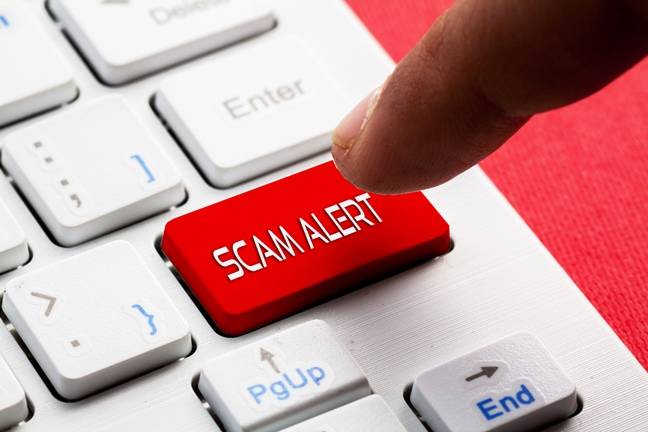Sadly, the web has brought a whole new meaning to the phrase ‘nothing is true; everything is permitted’

Column “Hey there,” the message begins. Out of the blue over Skype, someone I hadn’t communicated with in nearly a year reaches out.
“…thanks for replying…I had my laptop AND phone stolen from a hotel lobby and am locked out of all my Apple iCloud everything because of 2 factor authorisation. I saw you and a couple of other people on Skype which I can get to from the hotel computer…anyway…I’m sorry to bother you and ask…”
Oh god, here it comes. First the hook, then the line.
“…could I borrow $60 (US) via PayPal…”
Here we go. And because this is so obviously a scam, the only thing to do is to point to it and dismiss it, with “…and this isn’t some stupid scam…”
Because of all the people you know in the universe, you’re contacting someone you’ve never met in the flesh and only spoke to once on Skype when you’re in an extreme pickle.
Ugh. The worst part isn’t my reply of, “Goodness I’m afraid I cannot help,” with the horrible feeling of guilt that accompanies my reply – a feeling the scammer relies upon, necessary for their hacking of the social bond. The worst part is recognising my utter inability to discern where the truth lies.
Amazon exploited by hacker in scribe’s epic Apple iCloud pwn
For those with a slight touch of paranoia (that’s pretty much anyone who’s spent any time doing infosec work), you probably have a set of questions or conversation topics you’d discuss with a friend – things only the two of you would know. With another friend I have an agreed-upon “safe word”. These things uniquely identify us to one another, in whatever medium we choose to communicate.
I had none of this history to fall back upon here. When you can’t tell what’s real and what’s not, the safest thing is to do nothing at all. Safe, but corrosive. Because there are lots of situations we can imagine where we might need help and may not have the network of friends at hand to prove our authenticity.
Our ability to discern the truth at a distance has never been great: “Believe only half of what you see and none of what you hear.” That’s only grown more difficult in an era of deepfakes, voice synthesis and Russian propaganda bots. It’s possible that if I’d challenged this message, they’d have produced the voice or even the moving image of this person. And how could I know – truly know – whether I’d been scammed? When it was too late.
It feels as though we’ve crossed a line, where the evidence of our senses has become suddenly and comprehensively insufficient to the tasks we need to master if we want to make our way in a well-connected and altogether-too-crafty world. Everything that comes to us at a distance – mediated by technology – could be assumed to be fake. That’s not paranoia, but even so, it generates a kind of hysterical blindness. If we can not trust all of this connectivity, we’ve made a very uneasy bed of lies for ourselves. Now we have to lie down in it, for a very nervous sleep.
Can we dream up a world where we change our emphasis – from connection to authenticity? Where our focus remains fundamentally upon the proofs that form the basis for trust? It would mean losing our illusions, and all the comforting lies we tell ourselves and let others tell us, but what we’d gain would allow us to know something like the truth at a distance.
Technology can’t be the entire answer to that, but as part of the problem, it also has to be part of the solution. ®
Sponsored: Detecting cyber attacks as a small to medium business
READ MORE HERE
